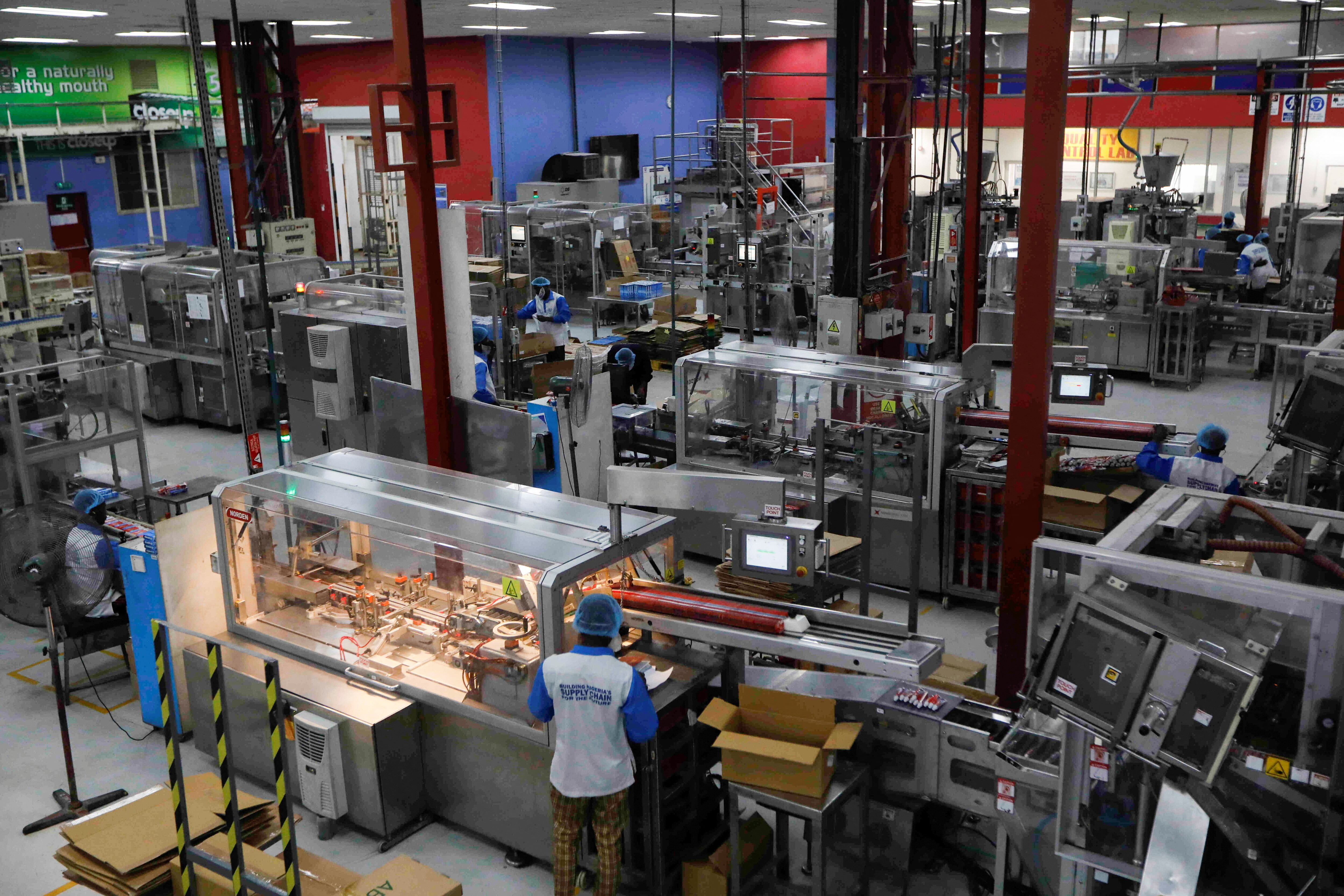Skills shortage or user-unfriendly tech? The real reason why your digital transformation is stalling

Manufacturers and vendors must prioritize workers when designing new tech. Image: Getty Images
- Poorly designed digital manufacturing tools are hindering digital transformation needed for growth in the sector.
- The skills shortage is often cited as another key issue, but operational difficulties also pose obstacles to talent retention.
- Manufacturers must prioritize usability in new tech; vendors must design for operators, not engineers.
For years, manufacturers have pointed to a skills shortage as a critical barrier to adopting new technologies. The familiar refrain is that the sector needs more highly skilled workers who can operate advanced digital tools, predictive maintenance systems and AI-driven production lines.
But what if the real issue isn’t a lack of skills, but that we’ve made digital transformation harder than it needs to be? Many of today’s digital manufacturing tools aren’t designed with frontline workers in mind. Interfaces are complex, workflows are rigid and training is outdated. The result? Frustrated employees, slower adoption and under-utilized technology investments.
If interpreting a machine health dashboard requires an engineering degree, is the problem really a skills shortage or a usability crisis?
The hidden cost of complexity
Manufacturers are under constant pressure to increase efficiency, reduce downtime and accelerate output without compromising safety. Digital transformation promises to deliver on these objectives, but implementation often fails to gain traction on the factory floor.
According to the World Manufacturing Foundation, 74% of companies report an acute shortage of skilled workers, and 94% expect to hire or repurpose workers through increased adoption of smart manufacturing technology. By 2030, over half of the workforce in advanced manufacturing will require upskilling to meet changing demands.
Yet poor usability in manufacturing systems increases onboarding time and can delay adoption by months. A lack of user-centric design contributes to errors, inefficiencies and disengagement, eroding productivity and morale.
Many business leaders understand talent retention is a significant issue, but few recognize how much technology usability contributes to that problem.
The vendor disconnect
Technology vendors play a critical role in the success of manufacturing’s digital transformation. Yet, too often, tools are designed for engineers, not operators. The expectation is that workers will adapt, rather than that tools should meet them where they are.
The consequences are measurable. A 2024 Forbes study found that 77% of employees using AI say it has added to their workload. Gartner reports that nearly half of manufacturers regret their software purchases, citing slow or difficult implementation. And for every $2 spent on tech innovation, companies spend up to $5 on scaling and adopting the technologies.
For digital transformation to succeed, the end-user experience must be prioritized – not treated as an afterthought.
Building skills through usability
At PepsiCo’s Vancouver, Washington facility, digital transformation isn’t just a technology story – it’s a workforce story. Maintenance Supply Chain Engineer Emma Carbary credits Augury’s Machine Health platform with not only preventing equipment failures, but also unlocking the potential of her team.
Before adopting Augury, the site relied heavily on reactive maintenance. Now, armed with real-time insights and predictive alerts, the team routinely addresses issues before machines fail, avoiding 222 hours of downtime.
But the real shift happened on the shop floor. “One of the best parts is it’s incredibly user-friendly,” Carbary explains. “Even if you don’t have deep technical knowledge, you can pick it up and understand what’s happening.” That accessibility has become a foundation for upskilling. Her maintenance planner Mike, formerly a mechanic, is now confidently using the platform to plan interventions and guide technicians.
The platform’s intuitive design makes complex diagnostics easy to act on, encouraging adoption without requiring specialist training. With 98.3% of alerts responded to and eight active users, the technology is not only embedded – it’s enabling.
PepsiCo’s Vancouver’s facility and Augury’s Machine Health platform story shows what’s possible when digital tools are designed with the user in mind. By focusing on usability, the business didn’t just modernize its maintenance – it gave its workforce the tools to grow with it.
Rethinking training
Even well-designed systems require effective training, but traditional approaches aren’t keeping up.
Static manuals and one-off classroom sessions don’t reflect the pace or complexity of today’s manufacturing environments. Workers need learning that’s embedded in their workday – contextual, real-time and repeatable.
A global consumer packaged goods manufacturer recently implemented wearable-enabled, on-the-job training. The result? A 53% improvement in overall equipment effectiveness, a 56% reduction in non-value-added tasks, and 26% less scrap at one site.
When training shifts from reactive to proactive, workers become more confident, more engaged – and more likely to stay.
Bridging the gap: a shared responsibility
For manufacturing leaders: take control of the workforce challenge
- Prioritize usability when selecting technology. Look for intuitive, no-code interfaces that reduce reliance on specialist training.
- Invest in real-time, on-the-job learning. Tools like wearables and AI-driven coaching reduce onboarding time and support continuous development.
- Bridge the IT-operations divide. Include frontline workers in tech decisions to ensure tools reflect real-world use.
For technology vendors: design for the workforce, not just the engineer
- Design for the operator. If a tool requires extensive training to use, it’s too complex.
- Make training part of the product. Embed interactive, guided learning directly into the system experience.
- Co-design with users. Partner with manufacturers to build tools shaped by those who use them every day.
The manufacturing workforce is not the problem. The real challenge is how we equip and support that workforce to succeed. The manufacturers and vendors that solve this won’t just bridge the skills gap – they’ll leave their competitors behind. The future of manufacturing belongs to those who stop waiting for the perfect worker and start designing for the workforce they already have.
Don't miss any update on this topic
Create a free account and access your personalized content collection with our latest publications and analyses.
License and Republishing
World Economic Forum articles may be republished in accordance with the Creative Commons Attribution-NonCommercial-NoDerivatives 4.0 International Public License, and in accordance with our Terms of Use.
The views expressed in this article are those of the author alone and not the World Economic Forum.
Forum Stories newsletter
Bringing you weekly curated insights and analysis on the global issues that matter.
More on Jobs and the Future of WorkSee all
Naoko Tochibayashi
December 19, 2025





